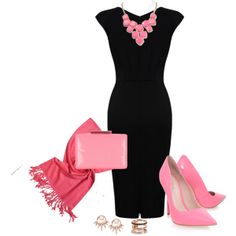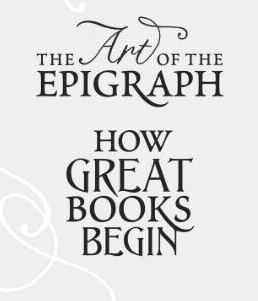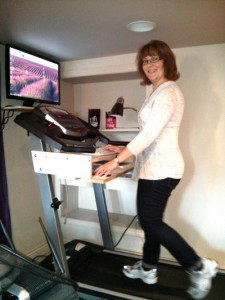 There was a visual posted on Facebook last week. You know the kind – some of them are funny, others are motivational, a few are designed to drag you out of your writing cave to comment. This was one of the latter. It was a quote by Kurt Vonnegut and it read:
There was a visual posted on Facebook last week. You know the kind – some of them are funny, others are motivational, a few are designed to drag you out of your writing cave to comment. This was one of the latter. It was a quote by Kurt Vonnegut and it read:
“Swoopers write a story quickly, higgledy-piggledy, crinkum-crankum, any which way. Then they go over it again painstakingly, fixing everything that is just plain awful or doesn’t work. Bashers go one sentence at a time, getting it exactly right before they go on to the next. When they’re done, they’re done.”
People commented, declaring themselves in one camp or another, either a swooper or a basher. I came to the party a day or so late, and without much time to spare, but I quickly popped in to declare myself a swoopsher. Tongue in cheek? Not really.
Honestly, I’m a hybrid. I pretty much write both ways.
I wrote Exit Point and Hot New Thing in one quick spurt, not really stopping until I had that first draft done. Only then did I go back to revise. I swooped out the first three or four chapters of The Art of getting Stared At too and I was on a real roll, only to slow down and bash out a good part of the middle before I did a little swoop-bashing at the end.
For me, it varies book by book. Deadline by deadline. And by what’s going on in my life at the time. My writing process is exceptionally fluid. That’s not a good thing or bad thing. It’s simply my thing. It is the way it is. More important than my actual process, is my acceptance of it. Though it would be nice to fall firmly in one camp or another, if I get down on myself because I don’t, or if I try to force myself into taking an approach that doesn’t feel right, I am doomed.
My name is Laura. I’m a swoopsher. And I’m okay with that.













Comments